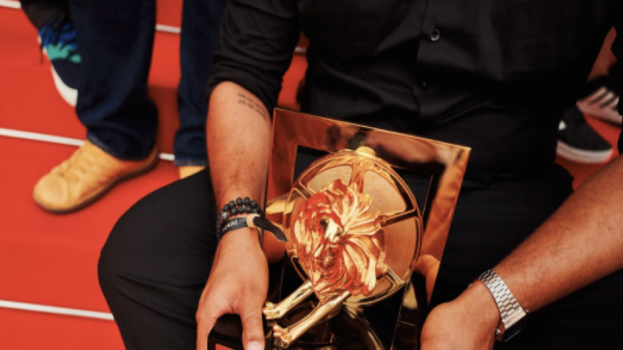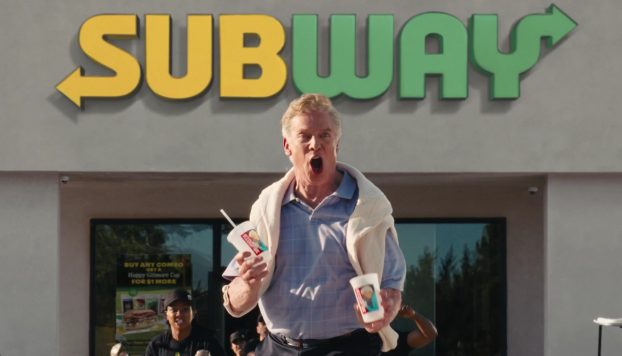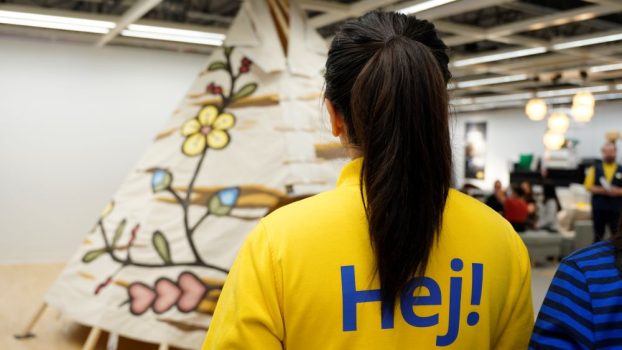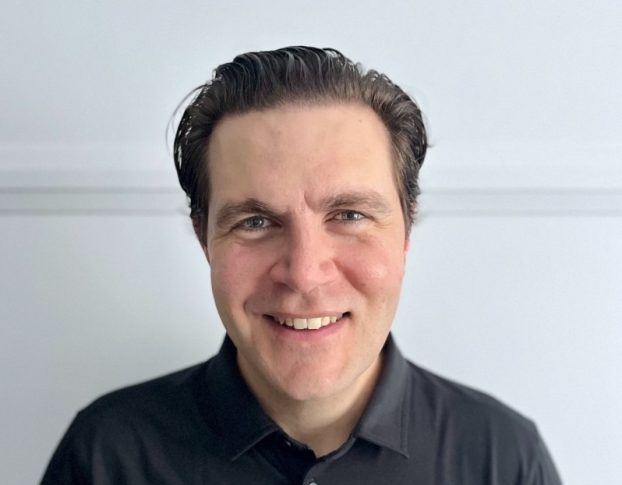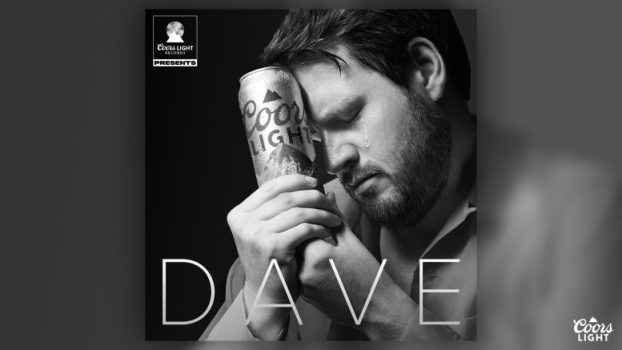This story originally appeared in the Winter 2022 issue of strategy.
Can a company be in the black while still being green?
For profit-generating businesses that have made sustainability a cornerstone, doing better for the planet while driving sales for the company can be conflicting.
Brands in categories like fast fashion – which operate on the traditional business model of driving high frequent consumption to drive bigger profits – have a particularly difficult challenge balancing sales goals with sustainable practices. H&M, for one, has struggled to strike the right balance, with critics calling the company out for not being realistic about its business model and eco goals.
So can they truly co-exist? And how do marketers drive both missions in an authentic way without overstating what their brands are actually doing?
IKEA lives in the world of fast furniture, yet Melissa Barbosa, the retailer’s sustainability manager, says the brand is able to balance business growth and positive social and eco impact as a result of long-term goals that meet the needs of consumers today and of the future.
IKEA consistently ranks among the greenest companies because of its responsible sourcing and distribution of products, services, materials and components from hundreds of suppliers spanning the globe. Barbosa says the retailer also developed a proprietary tool called “e-wheel,” which is used to evaluate the environmental impact of its materials, manufacturing, distribution, and product life.

“Our sustainability message rings true because achieving a better and greener future is not only what we do, but how we do it – it’s woven into our culture,” Barbosa says.
Des Jones, CSO at Juniper Park\TBWA says that consumers have finite resources, and so he doesn’t like to look at marketing as driving consumption. At best, he says, it can move consumers from one behaviour to another. “From that point of view, marketing should bring consumers into the company’s journey toward sustainability.”
IKEA, for example, follows its planet positive strategy through with consumer-facing messaging that encourages consumers to rethink changes in their lifestyle and consumption. Because small changes, says Barbosa, can lead to big actions.
Its Second Life program, for example, extends the lifespan of gently used materials by offering shoppers a secondary online marketplace where the retailer offers in-store credit when consumers give used IKEA furniture a new home.
Matthew Kelly, managing partner, Level5 Strategy points to Patagonia as having been one of the first to develop a repair and reuse program, with the tenet that it’s better to buy something that will last. Levi’s new brand platform “Buy Better, Wear Longer” – which aims to bring awareness to the environmental impacts of apparel production and consumption, and builds on Levi’s proposition of offering durable, quality products that last longer – is another example of a brand that encourages consumers to change their purchase habits.
These brands have recognized that to be able to advance sustainability goals, they also need to address consumer use, “which is the right place to start,” says Kelly. Patagonia has admitted that it would be hypocritical for the company to advocate for environmental change without asking consumers to think before they buy, he adds.
Over the years, experts have suggested brands that offer longer-lasting goods at higher price-points could be poised to succeed, as consumers grow increasingly interested in craftsmanship, heritage and keeping products for the long haul.
Fast fashion knows it needs to change, and that change could mean higher prices for consumers. If marketing doesn’t create an appetite for these higher prices, Jones believes consumers will simply stick with lower-priced, non-sustainable products.
Kelly – whose background includes senior leadership roles in CPG, a category often in the crosshairs of environmentalists when it comes to sustainability practices – believes an effective way to drive profitability in a sustainable way is to do it at an enterprise level.

Unilever, for example, has made environmental, social and governance (ESG) front-and-centre of everything it does, stating that it is acting “to improve the health of the planet. Tackling climate action. Protecting and regenerating nature. And creating a waste-free world.” With its “Everyday U Does Good” mission, Kelly believes the CPG co is positioning itself as a leader and setting the tone for other brands, too.
Jason Chaney, CSO at Broken Heart Love Affair, says he’s seeing new generations of leaders looking to make a change and find better ways of doing things than their predecessors – and one strategy is to get certified.
Sustainability is incredibly important, but it’s difficult for consumers to judge a brand’s eco credentials, says Jones. Regulation and certification play an important role in facilitating that judgement, which Jones says started with the automotive category in the ‘80s and ‘90s. As “safety” became an increasing public concern, brands took it upon themselves to promote their credentials. Consumers didn’t know who to trust or believe, and certification created a new standard.
Since B Corp Certification’s inception in 2006, more than 4,000 companies have received its imprimatur, adopting a legal requirement to balance purpose with profit. In 2018, Danone Canada achieved its B Corp certification (a couple of years ahead of schedule) and a slew of CPGs have since followed suit.
“It’s a business driver, as B Corp certification certainly helps perceptually,” adds Chaney, who works with health food snack brand MadeGood, which is certified and positions itself around supporting organic farmers and ingredients that are “gentle on the Earth.”

Chaney says MadeGood has taken it a step further, receiving a special designation from Future Fit, a non-profit whose aim is to protect future generations by being environmentally restorative, socially just and economically inclusive. The CPG brand’s strategy has been to reach millennial parents who are not just concerned about the food they feed their children, but also about the potential of further damaging the future life of our planet, says Chaney.
Its “Unwreck the Future” campaign speaks directly to those concerned citizens with a long-term outlook, he says, communicating that the company cannot do this alone, and that it will take a collective effort from brands and consumers alike. For instance, a MadeGood “Unwrecking Crew” was created, with youth ambassadors in the U.S. and Canada working with the brand on a regular basis to reduce food insecurity in communities.
Today, marketers face the challenge of conveying sustainability propositions to an increasingly cynical public. From a consumer’s perspective, grandiose gestures may resonate, says Chaney, however consistently doing eco-forward practices is better in the long run.
As corporations see from research that consumers want them to act on climate issues, more are beginning to respond. Besides, says Chaney, there’s the question of self-interest: the less brands help to maintain a healthy environment, the more difficult it will be for them to operate in the marketplace as more crises emerge.




